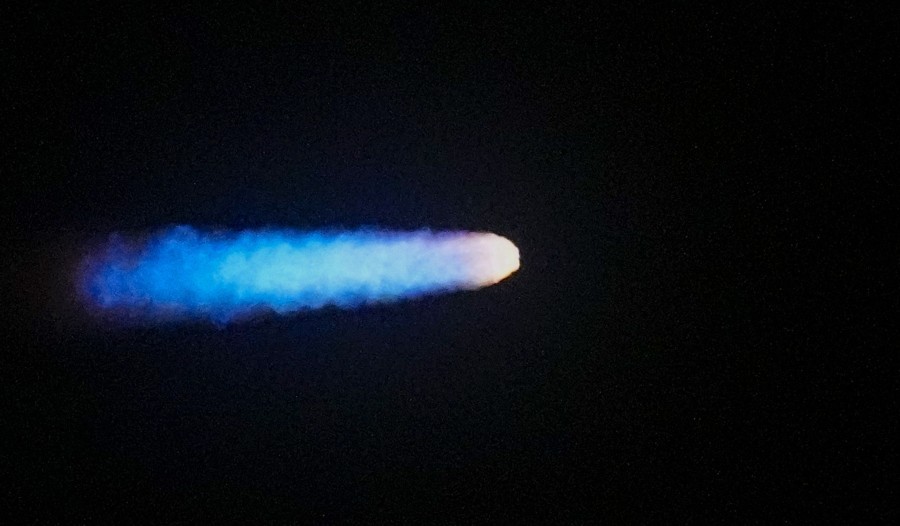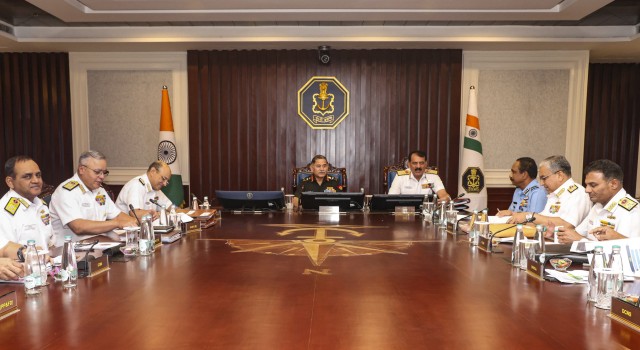NEW DELHI (PTI): India will look forward to a heavenly handshake between its two satellites in the new year even as it sets its eyes on launching the most expensive earth observation spacecraft in alliance with NASA.
ISRO's maiden satellite docking experiment (SpaDeX) is scheduled to take place on January 7, which is expected to propel India into a select group of nations having mastered this complex technology.
"This is certainly the first such mission with smaller satellites. We will scale it up with heavier satellites and this docking technology will help us in setting up the Bhartiya Antariksh Station and subsequent missions to it," Jitendra Singh, Science and Technology Minister, told reporters in Delhi.
"ISRO's SpaDeX mission marks the beginning of a new era in space exploration, showcasing India's technological prowess and ambition. The 'docking' capability will enable future missions to accomplish unimaginable outcomes through transfer of payloads in space which will be a kind of a miracle and a testimony to 'Viksit Bharat'," Singh said.
He said in the new year ISRO is set to launch the NASA-ISRO Synthetic Aperture Radar (NISAR) satellite, billed as the most expensive satellite of its kind, by March.
The new year will see the 100th launch from Sriharikota when the GSLV will launch the NVS-02 satellite for the Navigation with Indian Constellation (NavIC) services in January.
The first of the Polar Satellite Launch Vehicles (PSLV), built by HAL-L&T industry consortium, will launch a technology demonstration satellite incorporating the high thrust electric propulsion system in the first quarter, which will be followed by a commercial mission of LVM3 for an international customer.
The first of the Gaganyaan uncrewed mission, comprising the Vyommitra robot, is also expected to be launched in the first quarter of the new year.
"We will have our human space flight - Gaganyaan - by the end of 2025 or early 2026," Singh said, adding that the mission depended on the success of the unmanned missions.
ISRO also plans to carry out a test of the Crew Escape System for the Gaganyaan mission before March.
SpaDeX precursor to India's own space station: Jitendra Singh
Article Posted on : - Jan 01, 2025
Other Related News
Russia doubles defence production: Putin
he Russian defence industry has doubled production since last year, President Vladimir Putin has said addressing the country's Military-Industrial Commission.
 Previous Article
Previous Article Next Article
Next Article








The Indian Air Force, in its flight trials evaluation report submitted before the Defence Ministry l..
view articleAn insight into the Medium Multi-Role Combat Aircraft competition...
view articleSky enthusiasts can now spot the International Space Station (ISS) commanded by Indian-American astr..
view article